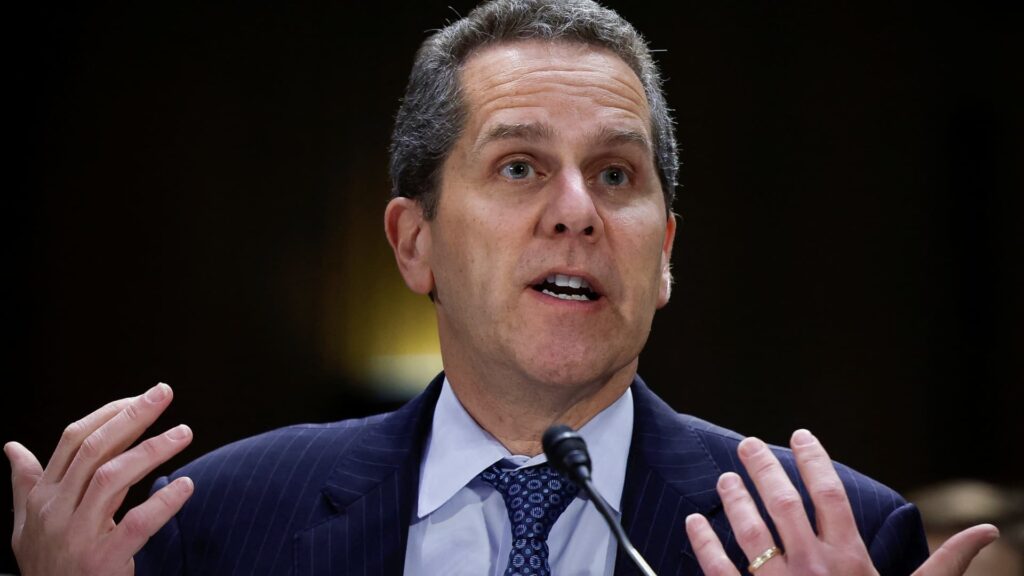Federal Reserve Board Vice Chair for Supervision Michael S. Barr testifies at a Senate Banking, Housing and Urban Affairs Committee hearing on “Recent Bank Failures and the Federal Regulatory Response” on Capitol Hill in Washington, March 28, 2023.
Evelyn Hockstein | Reuters
The run on Silicon Valley Bank’s deposits this month went far deeper than was initially known.
Since the day regulators seized SVB, it was public knowledge that panicked customers withdrew $42 billion from the bank on March 9 on concerns that uninsured deposits were at risk.
Follow CNBC’s live coverage of the SVB hearing
But that pales in comparison to what would’ve gone out the next day, Michael Barr, vice chair for supervision at the Federal Reserve, testified Tuesday before the Senate Banking Committee. Regulators shuttered SVB on March 10 in the biggest bank failure since the 2008 financial crisis.
“That morning, the bank let us know that they expected the outflow to be vastly larger based on client requests,” Barr said. “A total of $100 billion was scheduled to go out the door that day.”
The combined withdrawal figure of $142 billion represents a staggering 81% of SVB’s $175 billion in deposits as of the end of last year.
Lawmakers summoned top U.S. banking regulators to Washington to explain why Silicon Valley Bank and Signature Bank collapsed earlier this month. Barr and others pointed to mismanagement by bank executives, and noted that banks with assets of more than $100 billion may need stricter rules. The former CEOs of the banks did not attend.
In fact, Fed supervisors began warning SVB management about the risk that higher interest rates posed to the bank’s balance sheet in November 2021, Barr testified. The bank “failed to address” Fed concerns in a timely way, exposing the company to its deposit run this month.
SVB’s final days
SVB’s final days as an independent bank were a roller coaster of emotions. After SVB management “spooked” investors and customers with its “belated” attempt…
Read the full article here





